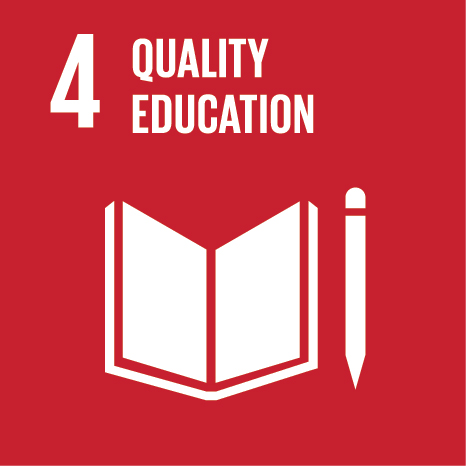Ciência_Iscte
Publications
Publication Detailed Description
Of Hairy Kings and Saintly Slaves: an Ethiopian travelogue
Web of Science®
This publication is not indexed in Web of Science®
Scopus
This publication is not indexed in Scopus
Google Scholar
This publication is not indexed in Overton
Abstract
Travel drawing is more than a record or register of attendance ('been there, seen that'): it holds invisibly within itself the remnant of a look, the hint of a memory and a trace of an osmosis of feelings between the sketcher and the person or objects sketched. Less intrusive than using a camera, drawing comprises a less imperialist, more benign way of researching: the sketchbook becomes a means of communication between the observer and the travelled world, rendering him/her more human to those around. This book is a journey through the Ethiopian Central Highlands, in pursuit of historical legends about the power struggles surrounding the arrival of the first Europeans in the mid-sixteenth century. It includes excerpts from an ethnographic diary, recording encounters with the priests, elders and historians who act as custodians of the Amhara oral tradition. Their tales are interwoven with improvised drawings, and this informality of structure retains the immediacy of a discovery of Ethiopia. It also suggests the potential for drawing to play a more active part in anthropological production, as a means of creating new narratives and expositional forms in ethnography, bringing it closer to travel writing or the graphic novel.
Acknowledgements
--
Keywords
Anthropology,Ethiopia,Graphic Anthropology,Oral History,African Studies
Fields of Science and Technology Classification
- Arts (arts, history of arts, performing arts, music) - Humanities
- Anthropology - Social Sciences
Funding Records
| Funding Reference | Funding Entity |
|---|---|
| UID/CPO/03122/2013 | Fundação para a Ciência e a Tecnologia |
Contributions to the Sustainable Development Goals of the United Nations
With the objective to increase the research activity directed towards the achievement of the United Nations 2030 Sustainable Development Goals, the possibility of associating scientific publications with the Sustainable Development Goals is now available in Ciência_Iscte. These are the Sustainable Development Goals identified by the author(s) for this publication. For more detailed information on the Sustainable Development Goals, click here.

 Português
Português


